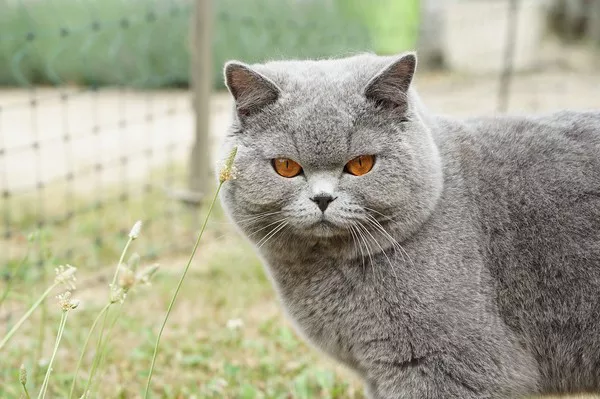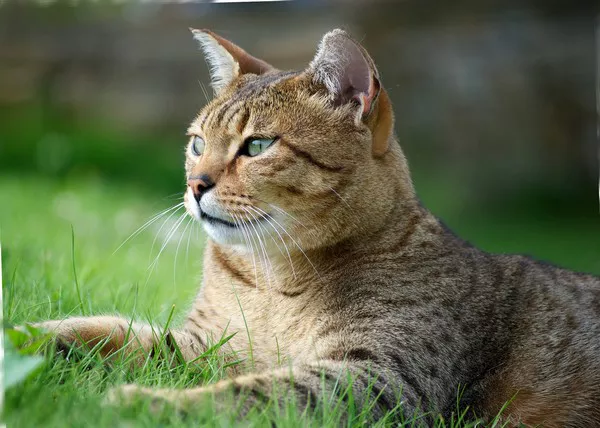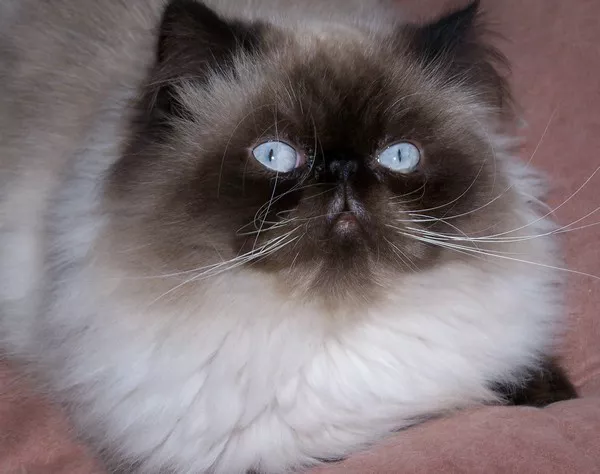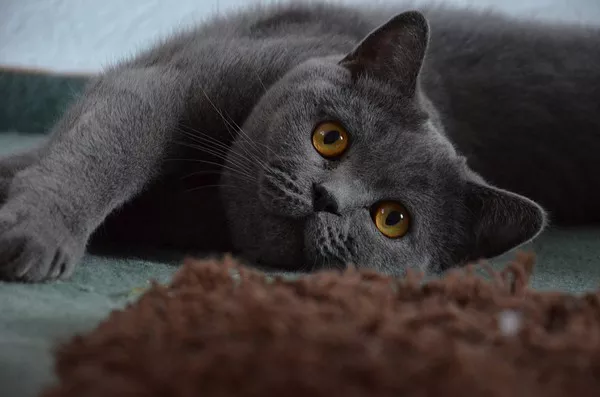Cats are beloved companions known for their grace, independence, and endearing personalities. While they often enjoy lounging and grooming themselves, giving your cat a massage can be a wonderful way to enhance their well-being and deepen your bond. In this step-by-step guide, we will explore the art of feline massage, its benefits, techniques, and tips for creating a soothing and enjoyable experience for both you and your cat. By understanding the gentle art of cat massage, you can provide your furry friend with relaxation, stress relief, and a deeper connection.
The Benefits of Cat Massage
1. Stress Reduction
Just like humans, cats can experience stress and anxiety. Massage helps release tension and promotes relaxation, which can be particularly beneficial for cats that are nervous or easily stressed.
2. Improved Circulation
Gentle massage techniques stimulate blood flow, helping to improve circulation and the delivery of oxygen and nutrients to your cat’s muscles and tissues.
3. Bonding Experience
Massaging your cat creates a positive and nurturing interaction. It can strengthen the bond between you and your feline friend, leading to increased trust and affection.
Preparing for the Massage
1. Choose the Right Time
Select a time when your cat is relaxed and receptive to interaction. Avoid moments when they’re eating, grooming, or clearly in a playful mood.
2. Create a Calm Environment
Choose a quiet and comfortable space for the massage. Dim the lights, play soft music, and place a cozy blanket or cushion for your cat to relax on.
Gentle Techniques for Cat Massage
1. Stroke and Pet
Start by gently stroking and petting your cat to create a calming atmosphere. Use slow, fluid motions to help your cat become accustomed to your touch.
2. Effleurage
Effleurage is a light gliding stroke using the palm of your hand. Begin from the base of your cat’s neck and move along their spine, applying gentle pressure.
3. Circular Motion
Using your fingertips, create small circular motions on your cat’s body, focusing on areas like the shoulders, back, and hips. Be mindful of your cat’s response to ensure they’re comfortable.
Focus Areas for Massage
1. Neck and Shoulders
Gently massage your cat’s neck and shoulders to relieve tension and promote relaxation. Use your fingertips to apply light pressure in circular motions.
2. Back and Spine
Move to your cat’s back and spine, using effleurage and circular motions. Pay attention to your cat’s body language to ensure they’re enjoying the massage.
3. Head and Ears
Massage your cat’s head and ears with gentle strokes. Cats often enjoy having their ears rubbed and their forehead massaged.
Reading Your Cat’s Signals
1. Watch for Enjoyment
Observe your cat’s body language and reactions throughout the massage. Purring, kneading, and relaxed posture indicate that they’re enjoying the experience.
2. Respect Boundaries
If your cat shows signs of discomfort, such as tense muscles or attempting to move away, respect their boundaries and stop the massage.
After the Massage
1. Offer Treats and Affection
After the massage, reward your cat with treats and affection. This positive reinforcement reinforces the experience and strengthens your bond.
2. Gradual Introductions
If your cat is new to massage, start with shorter sessions and gradually increase the duration as they become more comfortable.
Conclusion
In conclusion, giving your cat a massage is a wonderful way to provide relaxation, stress relief, and a deeper connection. By following this step-by-step guide, you can create a soothing and enjoyable experience for your furry companion. Remember to choose the right time and environment, use gentle techniques, and read your cat’s signals to ensure their comfort and enjoyment. As you engage in the art of feline massage, you’ll not only enhance your cat’s well-being but also create cherished moments of bonding and companionship that both you and your cat will treasure.



























